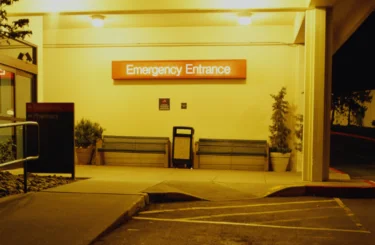
Cardiac Stents: Necessary Devices or Unnecessary Profit Centers?
Each year, roughly 350,000 cardiac stents are implanted in heart attack victims to restore blood flow. That’s the good news. The bad news, according to a Bloomberg.com article, is that in the other 350,000 stenting procedures performed annually, the surgery is elective and often medically unnecessary, not only posing the risk of injury and death, but also opening the door to fraud and abuse.
Stents became popular in the 2000’s as cardiologists found them to be more effective than angioplasty with patients suffering from heart attacks. Soon, hospitals started “cath labs” (stenting facilities) that generated significant profits, motivating health care providers to push stents over more conservative treatments. Patients with mild cardiovascular or coronary artery disease began having stents implanted instead of trying to relieve their symptoms through medication and lifestyle changes.
The procedure isn’t without complications – patients can develop blood clots, bleeding from anti-clotting medication, and blockages related to scar tissue – and studies question their effectiveness:
- A 2007 study found that stents offered no benefits over medication and lifestyle changes in less severe patients
- A 2011 report published in the Journal of the American Medical Association concluded that only half of elective stent procedures in the U.S. were appropriate
- According to researchers at Cedars-Sinai Medical Center in Los Angeles, unnecessary stents cost the U.S. health care system $2.4 billion a year
The consequences are alarming. In 2012, the U.S. Food & Drug Administration recorded 773 patient deaths resulting from cardiac stents, a 71% increase from 2008.
Why do health care providers promote stents when they’re not warranted? Stents are big business, with revenues of more than $110 billion over the last ten years. According to Healthcare Blue Book, hospitals receive an average of $25,000 per stent case from private insurers, and the cardiologists who implant the stents receive an average of $1,000 from private insurers and Medicare, compared to the less than $250 they’re paid to discuss with their behavior modification, lifestyle changes, medication, and stent risk with each patient. That’s a difference of $1,750 between performing the procedure and counseling a patient to pursue alternative, less aggressive treatment.
The propensity for abuse has attracted the attention of the U.S. Department of Justice. The DOJ has won criminal convictions against several cardiologists and reached settlements with at least 11 hospitals on allegations of needless stenting, illegal kickbacks, and Medicare fraud. Consequently, many hospitals across the country have since notified patients that their stents may have been unnecessary.
Despite governmental intervention and oversight, injured patients and their families are frequently left to pursue compensation in the courts. Plaintiffs have successfully won or settled a number of wrongful death cases alleging unnecessary use of stents, sending a message to health care providers that their preference for profits over proper patient care won’t go unchecked.
If you or a loved one has a cardiac stent that may not have been medically indicated, now is the time to discuss your situation with an attorney in Sommers Schwartz’s Medical Malpractice Litigation Group. Contact us today to learn how we can help.
Robert B. Sickels
For more than 30 years, Robert Sickels has successfully represented plaintiffs involved in complex personal injury, medical negligence, and products liability matters.





